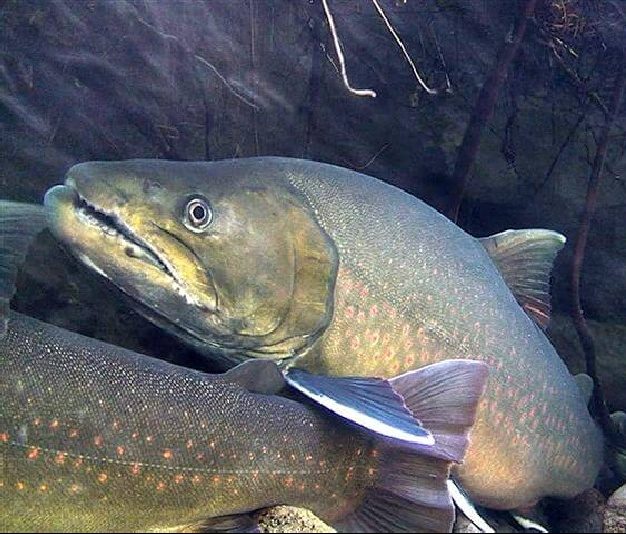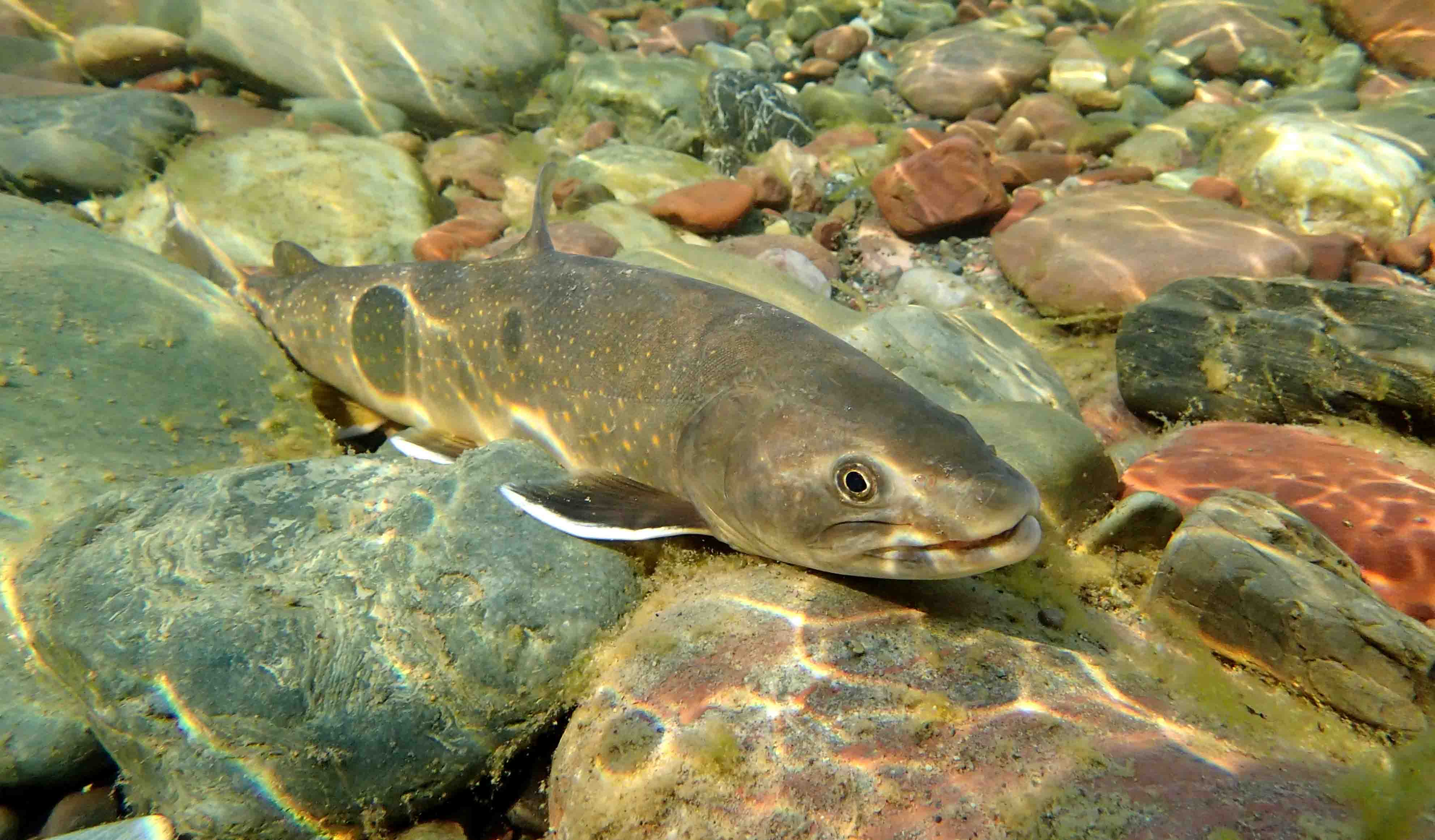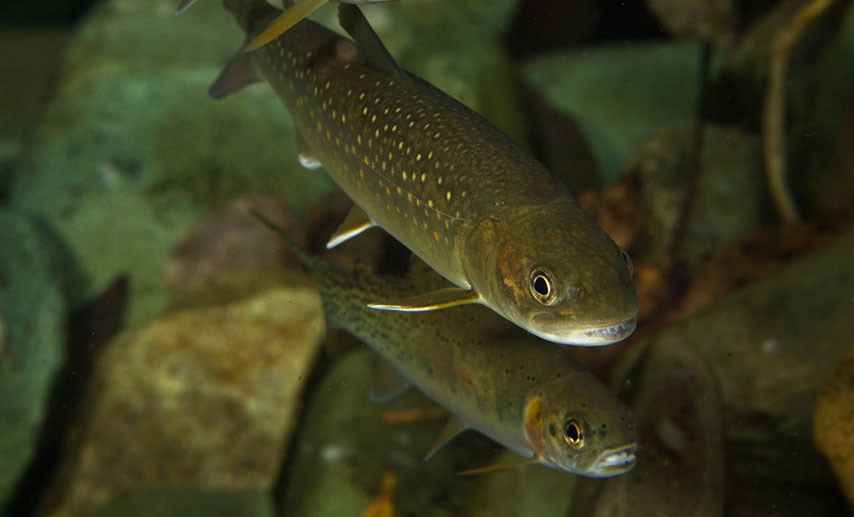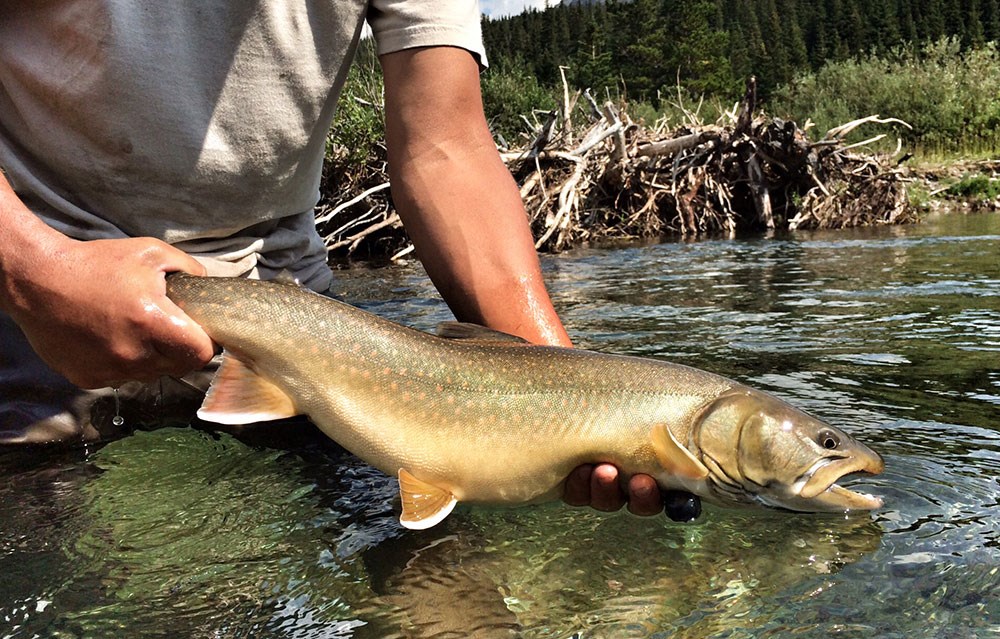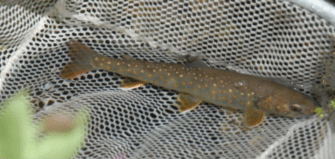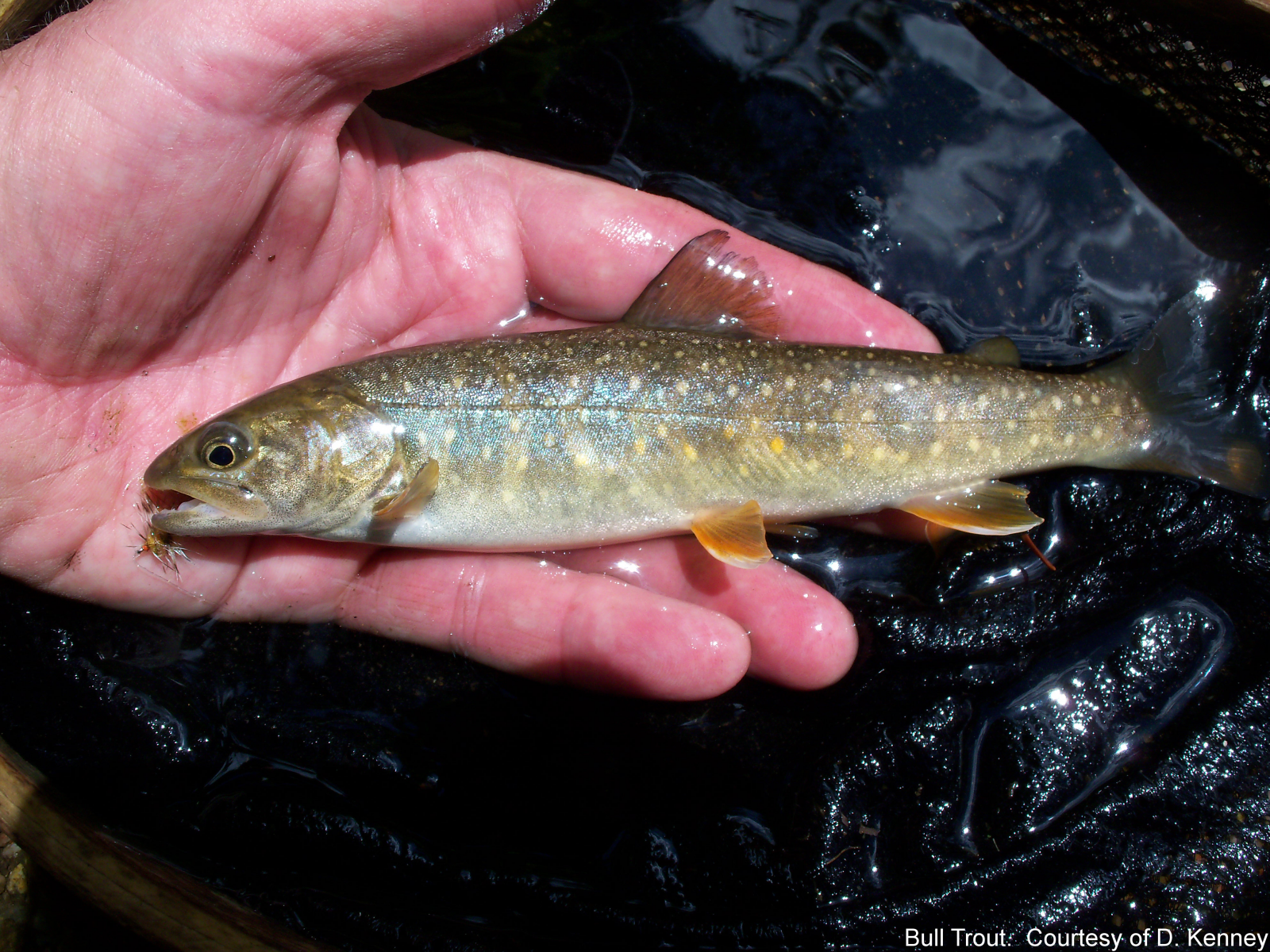Bull Trout Recovery Strategy
Puget Sound Shared Strategy.
Bull trout recovery strategy. The Recovery Strategy must commit to more ambitious recovery actions for the Upper Oldman which contains Hidden Creek and other historical strongholds for bull trout. Evaluation of ESU-wide recovery scenarios. AWAs understanding after reviewing all the draft Recovery Strategys elements is that the Recovery Strategy has committed to the recovery of all core and potential.
At the core of the plans strategy are six geographically specific implementation plans which identify specific conservation actions needed. One of the key steps in stimulating bull trout recovery efforts in Alberta occurred in January 1993 when the Bull Trout Task Force Brewin 1997 was established to facilitate the recovery of Albertas bull trout populations The task force included representation from provincial Alberta. Core areas of Puget Sound Recovery Unit of CoastalPuget Sound Bull Trout Distinct Population Segment.
This conservation strategy identifies geographic areas and actions to support recovery of Bull Trout in the Upper Malheur River Watershed Figure 1. Geological Survey USGS is testing lake trout netting as a long-term strategy for bull trout recovery. To achieve this goal the following objectives have been identified for bull trout in the Hells Canyon Complex Recovery Unit.
Working with the Burns Paiute Tribe Samara Group was hired to develop an Outreach and Education Plan with accompanying branded materials to support bull trout recovery. 516 rows This recovery strategy defines critical habitat of Bull Trout as clean cold higher gradient waters that tend to be structurally diverse complex habitat well connected contain areas of groundwater upwelling and offer protection against. Accordingly the plans recovery criteria focus on effective management of known threats to bull trout.
This includes the Saskatchewan-Nelson Rivers population of Bull Trout and the Athabasca Rainbow Trout. 04062020 On June 1 the federal government posted recovery strategies for two populations of native Alberta trout that were added to the federal Species at Risk Act registry in 2019. The draft recovery goal To protect maintain and recover Bull Trout to self-sustaining populations where recovery is likely within the Recovery Area requires further refinement.
The primary strategy for recovery of bull trout in the coterminous United States is to. The recovery strategy recognizes that the independent populations of Chinook salmon bull trout and steelhead trout have evolved with and are adapted to the unique habitat conditions including flow patterns water quality characteristics and channel characteristics present in each area. From highest to lowest importance the species priority for the Yakima basin salmonid recovery strategy is.



